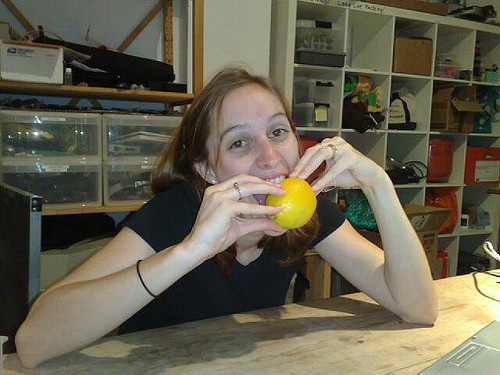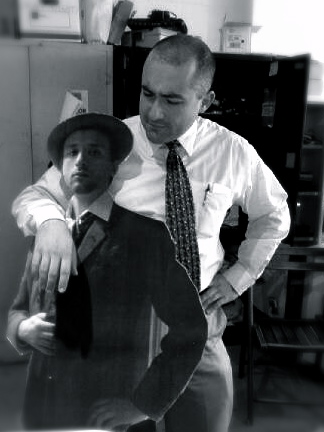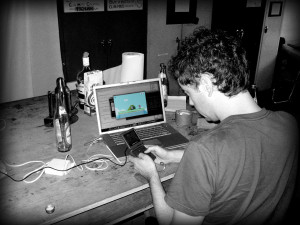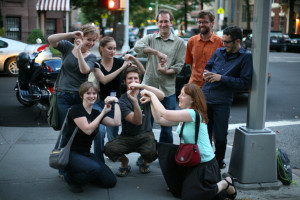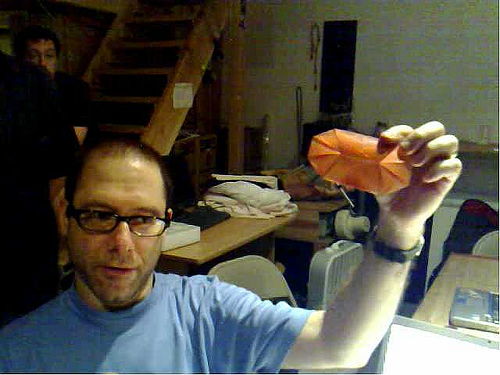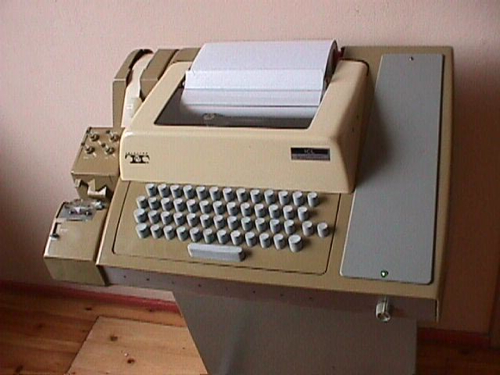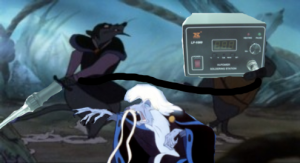plllleeez!
Some Raphaels
Shake Hands with Danger
This is required watching for everyone at NYCResistor. Do YOU shake hands with danger?
Here’s my game from the recent art party. One of my co-workers has the all-time high score of 9600. Go download it and use your favorite emulator and break 10000!
Don’t have an emulator? Go download one here. Install that and use it to open the .gba file. Post your scores in the comments!
Day of 8
Announcing: Sanguino v1.0
I do all of my hacking at the NYC Resistor hacker space, and I’m proud to announce the most recent fruit of my labors: the Sanguino. This board is an Arduino-compatible board that boasts 4x the memory (64K!) 4x the RAM (4K!) and 12 more pins (32 IO pins!) Its all open source and you can get one from the RepRap Research Foundation for only $25. Sweet!
Oh, and I managed to get this footage last night. Check it out.
Sanguino: Arduino’s Big Brother from Zach 'Iowa' Hoeken on Vimeo.
What’s better than ROBO craft die cuts?
ROBO craft origami, that’s what. Jeff Rutzky came to NYCResistor to show us his amazing ROBO Craft Cutting Plotter. This is normally used by the scrapbooking community to get precision cuts in paper but Jeff has gotten a little more creative. He uses origami designs and has programmed his ROBO to score mountain folds and valley folds into various materials for packaging designs. Watch the video where is machine cuts and scores the pattern for a business card holder, which he’s holding in the image above! As a designer and published author his portfolio is pretty impressive. We’re always excited when technology and art come together in creative forms. Thanks for showing us your stuff Jeff!
Help! NYCResistor Needs a Teletype!
We are in desperate need of an old skool teletype machine. These were used to distribute and communicate information across copper wires for a long time. The network they ran on has been long gone, but we need one for a project. If you can donate it to us, we’ll hold you in our heart forever. If you can sell it to us, we’ll pay you a reasonable amount! Ham radio folks sometimes have these. If you know anyone who’s got one gathering dust, we would like to bring it back to life!
404
A Rat’s Ransom
It would appear that my soldering iron has been purloined by nefarious minds indeed. I’ve been instructed to post an image depicting the daring liberation of a soldering iron as carried out by rats of a certain caliber of awesome. Rather than invest time in actual photoshop goodness I’ve instead gimped the rats of nimh. Hopefully those who have my iron will return it safely.
